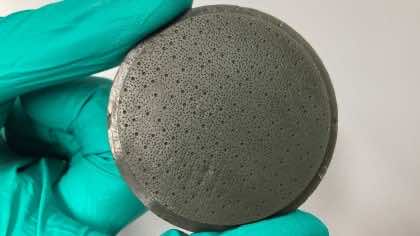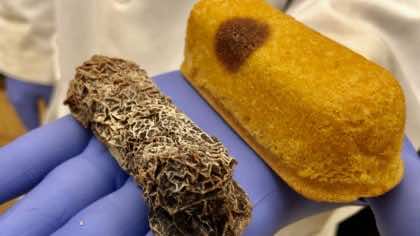The novel material is effective, eco-friendly, and will sustain for longer periods. This might be the ultimate solution to block out all the noise from your annoying neighbors.
The new creation came as a piece of great news. However, you should know more about it before pasting mushrooms to your doors and walls.
Fungus, as we know, is a form of bacteria. However, what most people don’t know is its widespread applicability and utilizations. It can be used as a replacement for plastic and even fabric.
Now, the researchers from “Germany’s Fraunhofer Institute for Environmental, Safety, and Energy Technology UMSICHT and the Fraunhofer Institute for Building Physics IBP,” have developed a way of using fungus as an effective sound absorber.

The commonly used soundproofing insulations are made from synthetic or mineral-based materials. And these are considered hard to recycle, making them not very environment friendly to use.
Now the team from Fraunhofer UMSICHT considered mycelium, which is a vegetative part of the fungus. It is made up of a mass of thread-like structures called hyphae.
The team grew hyphae bacteria in its lab and then added it to a substrate produced from straw, wood, and food production waste. It was then printed to the desired shape with the help of a 3D printer. The hyphae adapted to the desired structures form and later hardened.

The produced environment-friendly insulation was then dried in a furnace so that it doesn’t grow to unwanted lengths on its own, given bacteria’s properties.
The fascinating part of this creation is that the 3D printed porous structure opens cells, making it perfect for absorbing the sound.
As the team states, the new material has wide-spread advantages as it is more effective is sustainable and will help save resources.
The team said that they are researching further on the new material. Till now, it could be used for effective soundproofing and insulation purposes. However, they are keen that there is much more to come.
The future could see this base fungal material being used to produce clothing, furniture, and holdings for electrical appliances. And the work for which has already begun.


